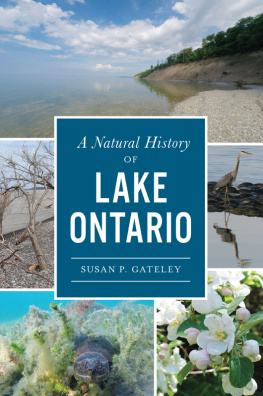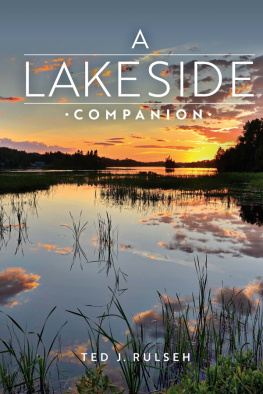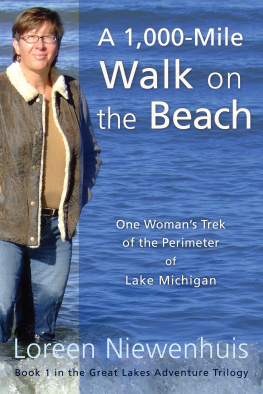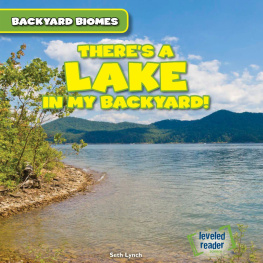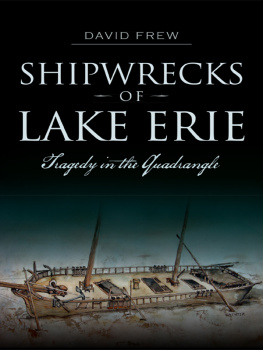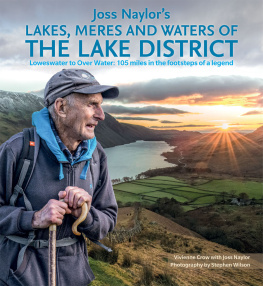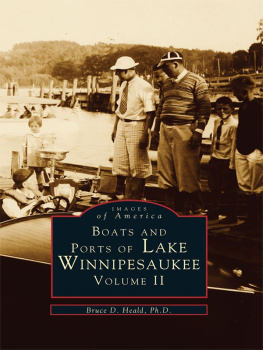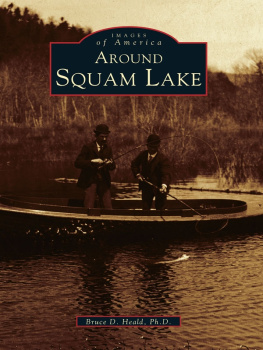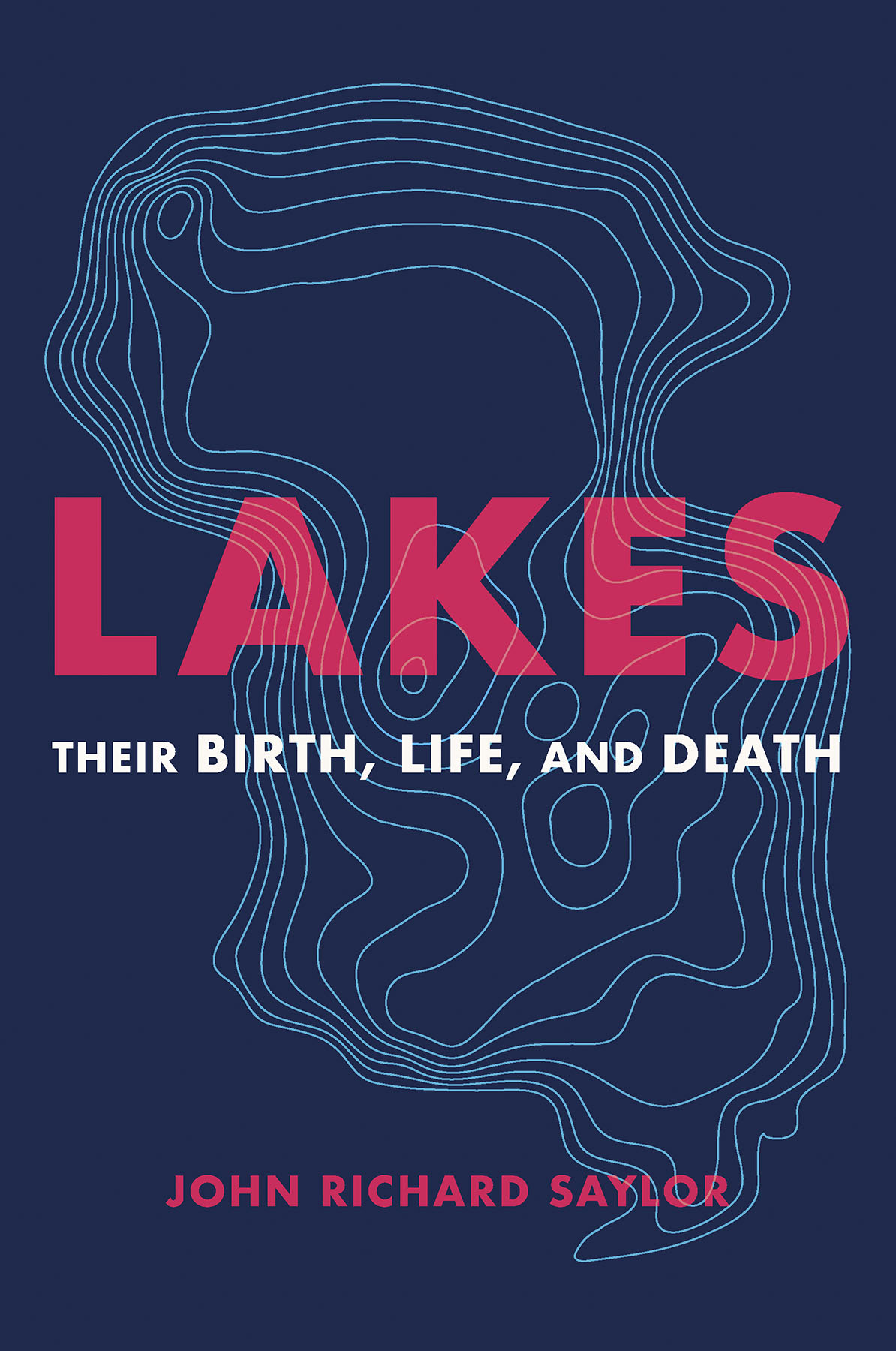Contents
Guide
Page List
Lakes
Their Birth, Life, and Death
John Richard Saylor
Timber Press
Portland, Oregon
To Amy

Contents
Introduction
Pick a lake, any lake. It could be the one you are sitting next to right now or the one you visited last summer. Or it could be a random lake chosen by simply pointing your finger at a map. Whatever lake you choose, large or small, near or far, two things about it are true. First, it didnt used to be there, and second, someday it will be gone.
Most lakes are born of violence. Be it the slow-motion violence of glaciers, the most prodigious of lake-builders, or the considerably more rapid violence of volcanoes, earthquakes, or (rarely) meteor impacts, most of these water-filled depressions that we call lakes become a part of our planets topography via the application of incredible force.
Like us, lakes are born, live, and then die. Like us, some lakes seem to have ordinary lives, while the lives of others are considerably more exotic. And much like the anguish, joy, and tumult that exist in even the most mundane of human lives, even the most ordinary of lakes experience a kind of scientific drama not unlike the emotional drama of their human counterparts. In spite of the calm pastoral nature we see in the small duck pond down the street or the larger lake with the sailboat gliding across it in the distance, these everyday lakes experience an array of profound and wondrous processes, often hidden in plain sight.
The phenomena existing in lakes are as fascinating as they are commonplace. From the surface tension that enables water striders to walk on water to the miraculous characteristics of the water molecule that allows ice to float on water (and in turn allows us to walk on water), even the most mundane of lakes are filled with magic. Lakes experience the magic of evaporation, this silent, invisible process that can steal a half-dozen feet of lake water in a year. Lakes are intimately involved in the consumption, production, and transfer of oxygen and carbon dioxide, which so much of life depends on. And lakes often experience overturning, a process critical to the life within, where water from the lake depths suddenly rises up, replacing surface water that, in turn, descends to the lake bottom.
Then, there are the more exotic lakes, those with rock-star lives. There is Lake Nyos in Cameroon, a lake that accrued dissolved carbon dioxide in its depths for untold years, and then exploded in 1986, releasing about a quarter of a cubic mile of gas and killing over a thousand people in the process. There are lakes that lay beneath a sheet of ice a mile or more thick in the Antarctic, at least one of which is as big as Lake Ontario, and so isolated that the organisms living there have not been exposed to the atmosphere for over 100,000 years, a time when mastodons still roamed the earth. And there are the Carolina bays, a series of over 80,000 lakes located in the Atlantic Coastal Plain of the United States, all of them perfectly elliptical, for some unknown reason, all of them oriented in the same direction, as if pointing to something important.
All of these lakes, exotic or pedestrian, were at one point created, and at some point in time they will all disappear. Some lakes are formed by glaciers, others by volcanoes, and some, notably the Carolina bays mentioned above, were formed by processes that are still not understood. All will one day be gone. Many will experience a slow senescence as silt and soil carried to them by the very streams and rivers that sustain them, settles and slowly fills them, transforming these lakes from deep blue bodies of water to shallow marshy expanses, to swamps, and finally to nothing more than a green meadow, leaving behind little hint of their former existence. Some lakes will take millions of years to fade away. Others will die within our lifetime, often due to human activity, much like the Aral Sea, once one of the largest lakes on Earth and now almost completely gone, devastated by the diversion of its water sources for irrigation and other human needs.
This book is about the physical phenomena that occur in lakes: the phenomena that cause lakes to form as well as those that cause lakes to die. Well look at all of the interesting phenomena that occur throughout the life of a lake, from those lakes that last only for weeks, like lakes formed by landslide dams, to those that have existed for millions of years, like Lake Baikal. We will explore lakes from the most ordinary to the most extraordinary, from the mundane to the magical, from the poles to the equator. All kinds of things happen in lakes, including your favorite lake, and maybe the lake that you are sitting next to right now.
Lets jump in.

Birth
1. Glaciers
The Master Creator
It may not seem that glaciers have a lot to do with lakes. Today these masses of ice and snow are found near the poles or high up in the tallest of mountains, far from the lakes one finds in more temperate latitudes and altitudes. But glaciers once covered an enormous part of the planet, in the Northern Hemisphere covering all of what is now Canada and portions of the United States, extending as far south as Indiana. They covered most of northern Europe and the northern regions of much of Asia. In the Southern Hemisphere, an ice sheet extended outward from the current boundaries of Antarctica all the way to the edge of the Antarctic continental shelf. And, wherever glaciers spread over land, they left prodigious quantities of lakes behind.
To have a lake, you need some kind of depression in the ground, a basin with a rim on all sides high enough to hold significant quantities of water. This doesnt happen as naturally as one might think. When mountains form, they tend to create terrain that tilts more or less uniformly downhill from peak to foot, a situation that typically does not result in the formation of a lake basin. Tectonic plates may warp, tilt, or fracture to form basins that ultimately become lakes. But this results in far fewer lakes than those made by glaciers.
Lakes can form in very flat regions, like the Great Plains. In such regions, rock beds made of limestone or other types of soluble rock can be acted upon over time to form lakes via a process called solution. Here, a small, shallow dip can become exaggerated as accumulated water becomes enriched in carbon, which in turn forms carbonic acid that can dissolve rocks such as limestone. The surface slumps as the underlying rock dissolves, resulting in a lake. Excellent examples can be found along Croatias Dalmatian coast and in Florida. Lakes can also be formed by volcanoes and by landslides that dam up a river valley. But, all of these types of lakessolution lakes, lakes formed by various tectonic processesall of them take second place to glaciers when it comes to number of lakes formed.
Most of the planets lakes were formed by glaciers. While estimates of the exact percentage of lakes formed in this way vary, these estimates always exceed 50 percent and range to as high as 90 percent. Thus the number of glacially formed lakes is very large simply because the total number of lakes found on Earth is enormous.


